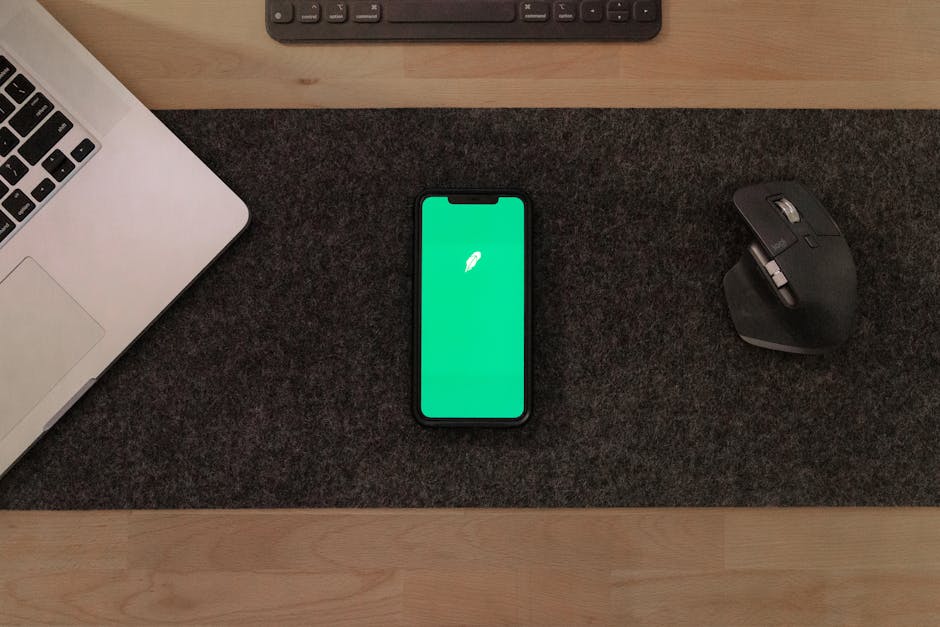Introduction
Mobile betting isn’t just growing—it’s exploding. What used to be a niche desktop activity has turned into a daily habit for millions. With smartphones in every pocket and live sports more accessible than ever, betting apps are now the front lines of digital wagering.
But in 2024, speed and flashy odds aren’t enough. What separates leaders from the pack is user experience. That means how easy an app is to navigate, how quickly it responds, and whether users feel in control—and safe—while placing bets. The minimum bar is high. If an app feels dated, confusing, or unreliable, users bounce in seconds.
This article breaks down the top betting apps by what really counts: interface, core features, performance under pressure, and trust signals like security and transparent payouts. We’re not just comparing looks—we’re diving into how each app performs when real money and real choices are on the line.
The UX Factors That Matter Most in Betting Apps
When it comes to mobile betting, flashy features won’t save a poor user experience. The top apps nail the details that keep users placing bets, not fumbling around in menus.
First up: navigation. Users want to land, scroll, and click—fast. That means intuitive tab layouts, one-click access to bets, leagues, live games, and promos. No one’s digging through submenus during a live match.
Then there’s speed. If the app stalls during a buzzer-beater or boots someone while placing a max bet, it’s game over. Responsiveness isn’t a luxury—it’s table stakes. Smooth performance builds loyalty, especially for in-play betting where seconds matter.
Personalization’s tricky. Smart apps suggest bets, highlight favorite teams, maybe tailor offers. But flood users with too much input, and they’ll bounce. Clean balance wins here: assist, don’t overwhelm.
Trust is its own layer of UX. Two-factor authentication, quick and reliable payouts, account protection—these don’t just secure data, they build confidence. If people don’t feel safe with their money, no interface is going to change their mind.
Finally, payment flexibility. The best apps support multiple deposit and withdrawal methods—everything from credit cards to crypto. More options mean fewer roadblocks at the finish line.
In short, elite UX in betting apps isn’t about doing more. It’s about doing the right things fast, cleanly, and predictably.
Top Contenders & How They Stack Up
BetFast
Key Strengths:
- Minimalist interface focused on rapid interaction
- Lightning-fast bet slip processing and responsive odds filtering
Considerations:
- Prioritizes function over flair—lacks immersive elements
- May feel overly utilitarian for users looking for a richer game-day vibe
Ideal for: Users who value speed and simplicity over visual flair
WinCraft Mobile
Key Strengths:
- Optimized for live betting with real-time responsiveness
- Timely notifications keep users informed during in-play action
Considerations:
- Push alerts, while useful, can quickly become overwhelming
- Occasional latency during major sports events impacts usability
Ideal for: Bettors who focus on live games and want to stay in the loop
PlayZone Pro
Key Strengths:
- Excellent onboarding and walkthrough features for new users
- Smart personalization keeps suggestions relevant without being invasive
- Wallet integration allows seamless use across different game types
Bonus Read: Exploring the Most Immersive Virtual Casino Games
Ideal for: Beginners or hybrid users who enjoy both sportsbook and casino play
OddsRush App
Key Strengths:
- Designed with data-driven power users in mind
- Rich in advanced tools and betting metrics
Considerations:
- Complexity creates a steep learning curve
- Cluttered interface can be hard to navigate for casual bettors
Ideal for: Experienced bettors who want depth over simplicity
BetBuddy
Key Strengths:
- Casual, approachable design with a socially driven interface
- Community tools like real-time chat and leaderboards enhance engagement
Considerations:
- Lacks the robust features needed by high-volume or professional users
- Social interface may not suit those looking for data-heavy tools
Ideal for: Social bettors or newcomers who enjoy a light, community-based experience
Key Takeaways: What Makes a Betting App Work Today
The best betting apps in 2024 aren’t the ones crammed with features—they’re the ones that get out of your way. Speed and clarity now beat complexity. Users want to place bets fast, not dig through tabs and dropdowns. Extra features are fine, but only if they don’t slow things down.
Good UX scales with experience. Novices need clarity and guidance; veterans want shortcuts and advanced tools. The most effective apps serve both without forcing either to compromise. Smart design puts control in the hands of the user without overloading them.
Transactions, too, have become elemental to trust. Seamless deposits and instant withdrawals aren’t just nice—they’re expected. If the wallet experience is clunky, users drop off. Frictionless payment flow is non-negotiable if you want players to return.
Finally, personalization has teeth—but only when it’s paired with control. People want odds suggestions, bet history insights, and reminders—but not constant nudges that feel more like pressure than help. Give users options. Let them lead how they interact. The top apps empower decisions, not dictate them.
Final Verdict: Choosing the Right UX for You
Not every bettor is chasing the same feeling. Some want the fastest swipe-to-bet flow possible—no bells, no fluff, just straight wagers. Others are in it for the full experience: immersive live odds, interactive stats, maybe even a virtual dealer vibe. Then there are the data-hounds—users who want access to deep analytics, historical trends, and sharp-line movement wrapped in a powerful dashboard.
That’s why UX isn’t one-size-fits-all. Good betting apps now shape themselves around the user’s pace and priorities. If you bet during lunch breaks, speed wins. If your Sunday is for in-depth parlays and game-by-game analysis, you’ll want an interface that doesn’t get in your way. Odds, promos, and features may get you through the door, but it’s the experience—the feel of the app, the ease of placing your bet, the confidence in each tap—that gets you to stick around.
In short: find the app that plays your game. And if it doesn’t feel right at first swipe, you’re not the problem—the UX is.
Looking Ahead
The next wave of betting app design isn’t about adding more features—it’s about making interaction almost invisible. Gesture-based navigation is starting to surface as an intuitive alternative to taps and clicks. Swiping between sports, using pinch-to-expand for bet slips, or even customizing gestures to place frequent bets could become the norm. Voice-activated betting is also creeping closer to reality, letting users call out odds or place a wager mid-game without touching a screen.
Then there’s VR and AR. While still niche, some platforms are experimenting with augmented views of live games or replicating casino environments in 3D spaces. It’s not widespread yet, but the groundwork is being laid. If done right, this tech could make mobile betting feel less like an app and more like an experience.
Bottom line: The race isn’t just about faster odds or flashier promos. It’s about creating an interface that fades into the background, letting the user stay in the game. Apps that put UX first aren’t just easier to use—they’re setting the bar for what betting looks like in the future.


 William Webbernersil brings a strong technical background to mediagamblesaga.com. His articles dive into data-driven insights, platform development, and digital frameworks within the gambling sector, helping readers understand the mechanics behind the latest tools and technologies.
William Webbernersil brings a strong technical background to mediagamblesaga.com. His articles dive into data-driven insights, platform development, and digital frameworks within the gambling sector, helping readers understand the mechanics behind the latest tools and technologies.

